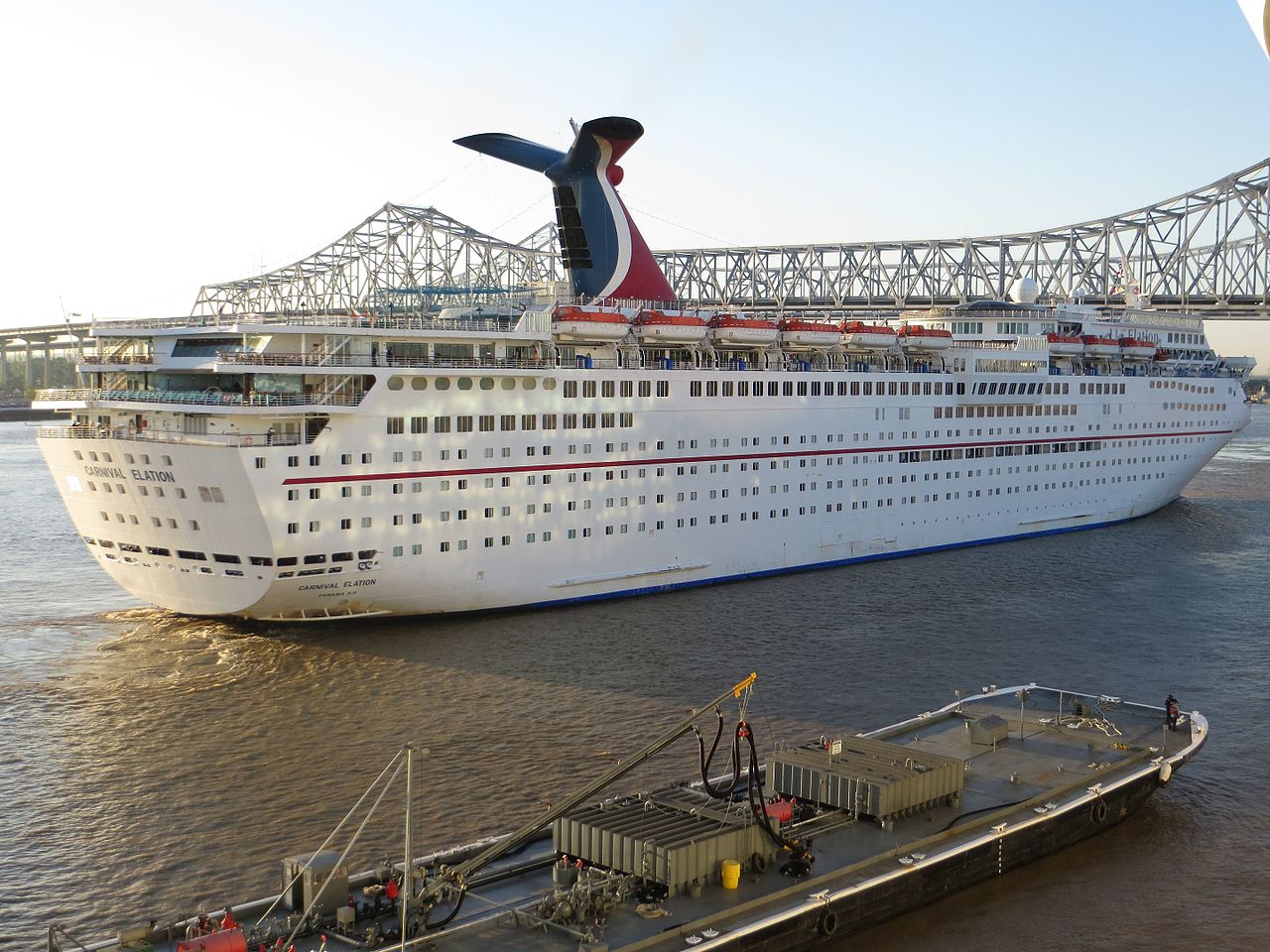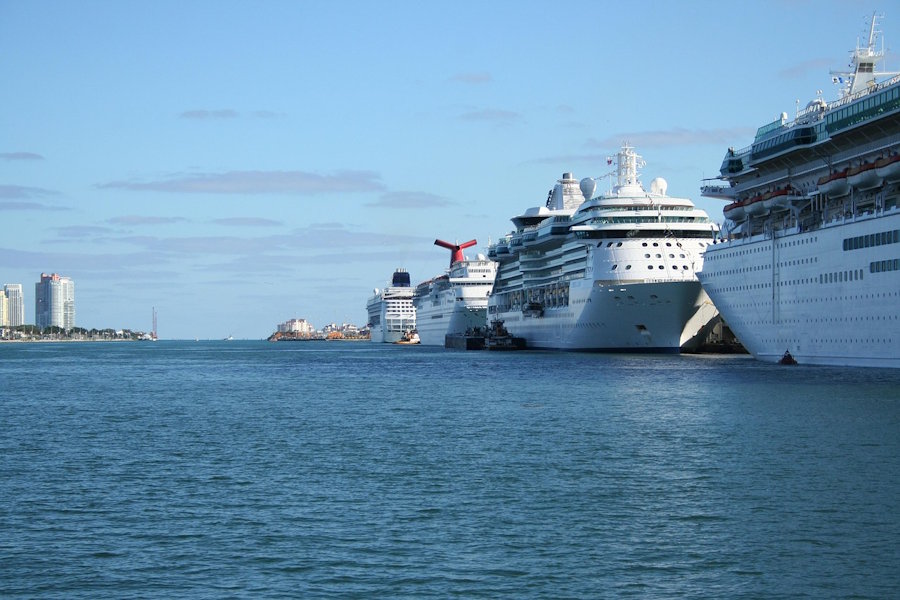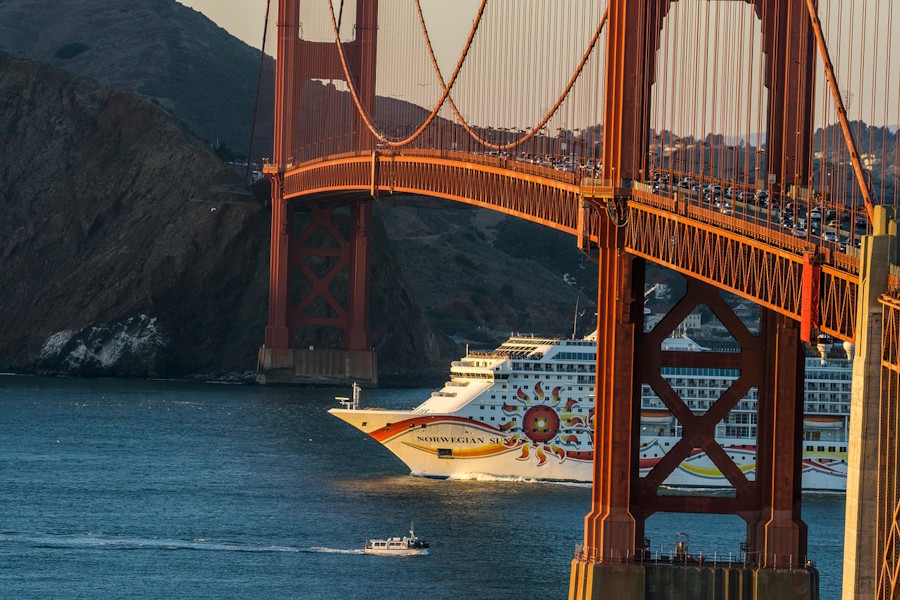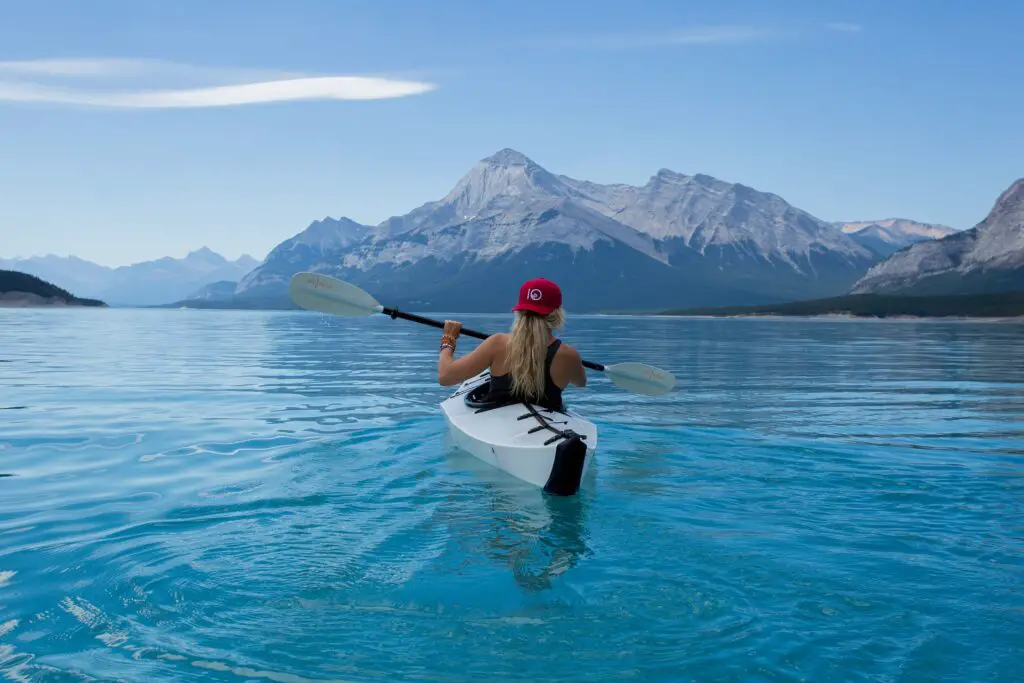The cruise industry is undergoing a transformative evolution, driven by innovative ships, cutting-edge technologies, and exciting new destinations that are reshaping North American cruises. From eco-friendly vessels to immersive private islands, these trends enhance value, convenience, and experiences for cruisers.
This article explores the future of cruising, highlighting key developments and offering practical tips for planning your next trip.
*Please note that all pricing is subject to change and reflects rates current as of this writing, May 2025.
Table of Contents
ToggleWhy the Cruise Industry Is Changing
The cruise industry is projected to serve 36 million passengers globally each year, fueled by growing demand for sustainable, tech-savvy, and diverse vacation experiences. North American ports, such as Miami, Seattle, and Galveston, are leading this transformation, with cruise lines like Carnival, Royal Caribbean, and Viking at the forefront of innovation.
These changes reflect broader shifts in traveler preferences, environmental priorities, and technological advancements, ensuring that cruising remains a dynamic and appealing travel option.
Several factors are driving this evolution
Stricter environmental regulations are pushing cruise lines to adopt greener practices. Travelers are seeking unique destinations, cultural immersion, and seamless, all-inclusive experiences.
Meanwhile, technological innovations are streamlining operations, enhancing connectivity, and improving onboard convenience. These drivers are reshaping the industry, offering cruisers more choices, better value, and more memorable adventures.
Drivers of Change
- Sustainability: Global environmental regulations, such as those from the International Maritime Organization, mandate reduced emissions and waste. Cruise lines are responding with greener ships, sustainable fuel options, and eco-conscious practices to meet these standards.
- Technology: Innovations like AI, Starlink Wi-Fi on cruise ships, and cruise line mobile apps are improving connectivity, simplifying bookings, and enhancing the passenger experience both onboard and ashore.
- Traveler Preferences: Modern cruisers demand unique destinations, authentic cultural experiences, and all-inclusive packages that simplify budgeting while maximizing enjoyment.
Top Trends in Cruising

Here are five key trends shaping the future of cruising, with details on their impact, benefits, and tips for travelers:
- Eco-Friendly Ships
- Details: Liquefied natural gas (LNG)-powered ships, such as Carnival’s Jubilee and Royal Caribbean’s Icon of the Seas, reduce emissions by 20–30% compared to traditional fuel. Solar panels, advanced waste recycling systems, and energy-efficient designs are becoming standard. Smaller operators, like Hurtigruten, are experimenting with hybrid and electric propulsion for expedition vessels.
- Impact: Ports like Seattle, Vancouver, and Fort Lauderdale prioritize green vessels, offering lower docking fees that translate to passenger savings (~$5–$10 per person). These ships align with environmental bans in eco-sensitive ports like Monterey, California, ensuring continued access to pristine areas.
- Why It Matters: Eco-friendly ships appeal to environmentally conscious travelers, particularly younger demographics, and support global sustainability goals. They also enable cruising in protected regions like Alaska’s Glacier Bay without compromising environmental integrity.
- Tip: Choose LNG-powered ships for Alaska or Caribbean itineraries to support sustainability and enjoy potential cost savings.
Private Island Expansion
- Details: Cruise lines are heavily investing in private islands, such as Carnival’s Celebration Key (opening 2025), MSC’s Ocean Cay, and Norwegian’s Great Stirrup Cay. These destinations feature water parks, private cabanas ($150), cultural tours ($70), and free beach access. Royal Caribbean’s Perfect Day at CocoCay, for example, includes thrilling zip-lines, wave pools, and exclusive beach clubs for a premium experience.
- Impact: More Caribbean itineraries now include private island stops, offering controlled environments with free amenities like beaches and paid excursions (~$30–$100). These islands reduce congestion at crowded ports like Nassau, providing a more relaxed day ashore.
- Why It Matters: Private islands deliver curated, high-quality experiences with exclusive access, ensuring a hassle-free and memorable day for cruisers of all ages.
- Tip: Book cabanas or premium excursions early through carnival.com or other cruise line websites, as they sell out quickly. Bring reef-safe sunscreen and reusable water bottles to maximize comfort and minimize environmental impact.
- Advanced Technology
- Details: Starlink Wi-Fi (~$15/day) provides fast, reliable internet, even in remote areas like the Arctic or Pacific Coast. Cruise apps allow passengers to book dining, excursions, spa treatments, and even complete virtual muster drills from their smartphones. AI-powered chatbots assist with pre-cruise planning, answering questions about itineraries, onboard services, or port logistics.
- Impact: Technology streamlines boarding processes (30–60 minutes) and provides real-time updates on excursion availability or port schedules. Enhanced connectivity is particularly valuable in remote ports like Skagway, Alaska, where traditional signals are weak.
- Why It Matters: These advancements improve convenience, reduce wait times, and keep cruisers connected, enhancing both planning and onboard experiences. Families, remote workers, and tech-savvy travelers benefit from seamless digital integration.
- Tip: Download your cruise line’s app before sailing to manage reservations and access digital services. Check cruiseportadvisor.com for tech-savvy cruise lines and itineraries tailored to your needs.
- Expedition and Small Ship Growth
- Details: Small ships (200–1,000 passengers) from operators like Viking, UnCruise Adventures, and Silversea are gaining popularity for their ability to access remote ports. Destinations like Alaska’s Wrangell, the Caribbean’s Dominica, or Canada’s Arctic are now more accessible, offering intimate and immersive experiences.
- Impact: Itineraries focus on wildlife-focused excursions (~$100–$300), such as kayaking, whale watching, or guided hikes, and cultural activities like visits to local artisans or historical sites. Smaller groups ensure personalized service and less crowded excursions, ideal for deeper destination exploration.
- Why It Matters: Small ships appeal to adventure seekers, older travelers, and those prioritizing authentic, off-the-beaten-path experiences over onboard entertainment. They also cater to those seeking quieter, more exclusive cruises.
- Tip: Book small ship cruises 12–18 months in advance for niche routes, as availability is limited. Explore options at
All-Inclusive Packages
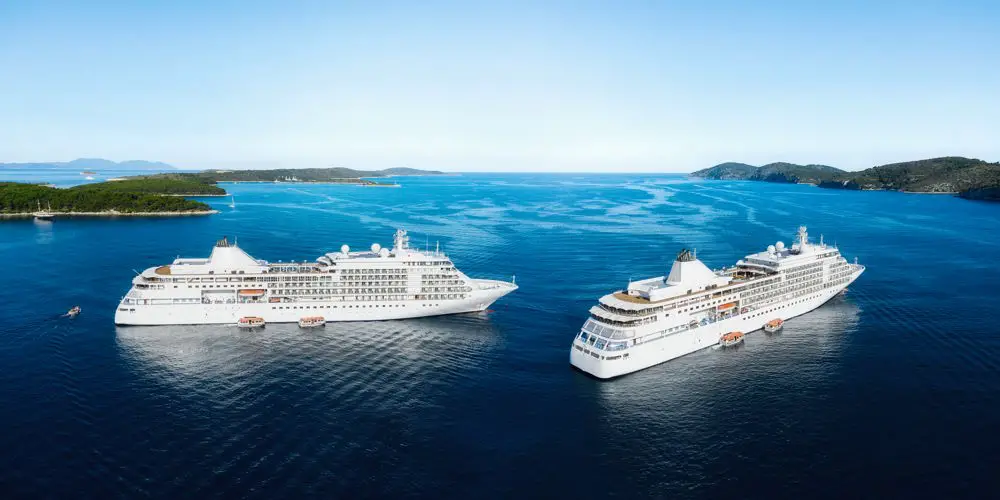
- Details: Premium lines like Viking and Regent include drinks, Wi-Fi, gratuities, and excursions in fares (~$2,000–$5,000 for 7 nights). Budget-friendly lines like Norwegian offer “Free at Sea” perks, such as drink packages, dining credits, or shore excursion discounts, as part of promotional deals.
- Impact: All-inclusive packages provide predictable costs, saving $50–$200 per day on extras like drinks (~$8–$15), specialty dining, or shore tours. They simplify budgeting for families, first-time cruisers, and those seeking hassle-free planning.
- Why It Matters: These packages reduce financial surprises, making cruising more accessible and appealing to a broader audience, including those new to cruising or traveling on a fixed budget.
- Tip: Compare all-inclusive packages across cruise lines to find the best value. Check inclusions like excursion credits, premium dining, or onboard activities to maximize savings.
Emerging Destinations
The cruise industry is expanding into new and less-traveled regions, offering fresh itineraries for adventurous cruisers:
- Gulf of Mexico: Galveston’s rise as a major cruise hub has boosted itineraries to destinations like Costa Maya and Roatan. These 5-night cruises, costing $400–$800, offer vibrant cultural experiences and affordable excursions, such as Mayan ruins tours (~$60) or beach days.
- Canada’s Arctic: Small ships are venturing to Nunavut for polar bear tours, Inuit cultural experiences, and Arctic wildlife viewing, with fares ranging from $5,000 to $10,000. These expeditions attract wildlife enthusiasts and those seeking unique historical insights.
- Pacific Coast: Ports like San Francisco and San Diego are gaining popularity for Pacific Coast cruises, featuring wine tours (~$100), coastal hikes, and visits to iconic landmarks like the Golden Gate Bridge or San Diego’s Balboa Park.
- Tip: Book emerging routes early, as they have limited sailings and high demand. Check cruiseindustrynews.com for updates on new destinations, schedules, and cruise line offerings.
Impact on Cruisers
These trends have significant implications for cruisers, offering both opportunities and challenges:
- Cost Savings: Eco-friendly ships reduce port fees, and all-inclusive packages eliminate surprise expenses, making budgeting easier and more predictable.
- Enhanced Experiences: Private islands and small ships provide unique, curated adventures, from exclusive beach days to intimate wildlife encounters in remote ports.
- Flexibility: Advanced technology streamlines planning, boarding, and onboard logistics, giving cruisers more control over their itinerary and experience.
- Challenges: Small ship cruises often carry higher fares due to their exclusivity and included amenities. New destinations may have limited infrastructure, requiring extra planning for transportation, connectivity, or local services.
Practical Tips for Cruise Lovers
- Budgeting: Allocate $500–$2,000 for cruise fares, depending on ship size, itinerary, and inclusions. Budget $50–$150 per port for excursions, such as snorkeling, cultural tours, or adventure activities. Port meals cost $10–$40, with street food at the lower end and upscale restaurants at the higher end.
- Timing: Book small ship cruises 12–18 months in advance due to limited capacity and high demand. Mega-ship cruises can be booked 6–12 months out for deals, especially during promotional periods like wave season.
- Safety: New technologies and green ships adhere to strict safety and environmental regulations, ensuring secure travel. Popular ports like Miami, Cozumel, or Seattle are safe for tourists, but secure valuables in crowded markets or beaches.
- Packing: Pack layers and rain gear for Arctic or Pacific Coast cruises, where weather can be cool and wet. Bring swimsuits, light clothing, and sun protection for Caribbean or Gulf of Mexico itineraries. Comfortable walking shoes are essential for excursions and port exploration.
- Connectivity: Starlink Wi-Fi ensures reliable internet on most modern ships, ideal for staying connected. Download offline maps for new ports with limited infrastructure to navigate without relying on data.
Frequently Asked Questions
Are green ships more expensive?
Not necessarily. Budget lines like Carnival and Royal Caribbean use LNG-powered ships, offering competitive fares alongside environmental benefits.
Which lines lead innovation?
Carnival, Royal Caribbean, and Viking are pioneers in sustainability, technology, and small ship exploration, setting industry standards.
Are private islands worth it?
Yes, they provide free amenities like beaches and curated excursions, ensuring a high-quality, exclusive experience tailored to cruisers.
What’s best for adventure?
Small ships excel for remote destinations like Alaska’s Wrangell or Canada’s Arctic, offering intimate wildlife and cultural experiences.
In Conclusion
The future of cruising is bright, with sustainability, advanced technology, and emerging destinations transforming the industry. From eco-friendly ships to private islands and Arctic expeditions, these trends offer cruisers more value, flexibility, and unforgettable adventures.
Plan your cruise with resources like cruiseportadvisor.com and get ready for a fantastic journey tailored to your preferences!
This page contains affiliate links for which we may receive financial compensation when a purchase has been made through one of our affiliate partners.



